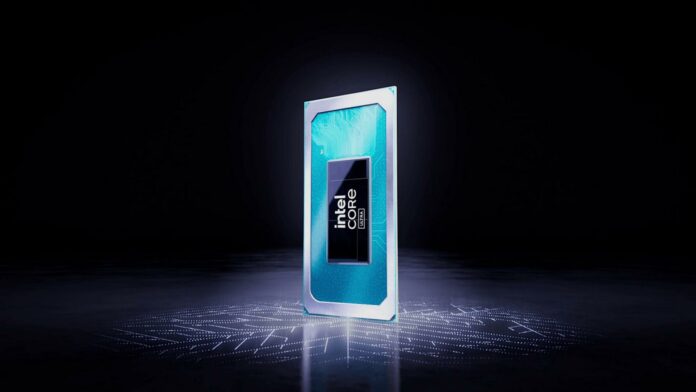Intel is rumoured to have removed hyper-threading and DDR4 support from its upcoming Arrow Lake architecture. Team Blue has also seemingly opted against including LP (Low Power) E-cores but left NPU (Neural Processing Unit) cores untouched.
Slated for launch this year, Arrow Lake processors mark Intel’s introduction of GAAFETs and backside power delivery. This means higher frequencies and performance at lower power draws according to Intel. These chips should also include an NPU to power the growing demand for AI capabilities.
According to these rumours, Intel is also removing hyper-threading from its performance-focused P-cores. It might sound counterintuitive, but it isn’t the first time we’ve heard about Intel’s let go of hyper-threading. It may well be true. As for leaving performance on the table by not supporting it, the reason could simply be that the gains no longer outweigh the cost.
Leaker Golden Pig further claims that this time, Intel won’t support DDR4 RAM. It’s not a big deal, as DDR5 has matured enough. Plus, due to the lower 4 GPU Xe-Cores, Intel is not labelling the iGPU as Arc Graphics. Lastly, desktop Arrow Lake-S and HX CPUs cannot adopt a PCH-free solution like AMD. On the bright side, Arrow Lake-S should retain cooler compatibility with LGA1700 despite using the newer LGA1851 socket. That makes using Arctic Freezer 36 possible without shifting to a new bracket.
Unlike Meteor Lake, Arrow Lake is seemingly ditching all LP E-cores. Instead, it should rely on up to 6-P-cores plus 8-E-cores for its Core Ultra 5 non-K models. Rumours suggest the CPU/Compute tile housing these cores will be manufactured using Intel’s 20A node, leveraging 2nd-generation EUV lithography. However, TSMC will cover the mobile segment.
While all of this looks less than ideal, it’s the real-world performance and efficiency that matters. Even if performance doesn’t advance that much, as long as efficiency improves, it’s a win. I don’t need to remind you how much power current top-of-the-line CPUs consume.

